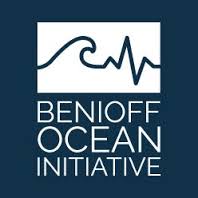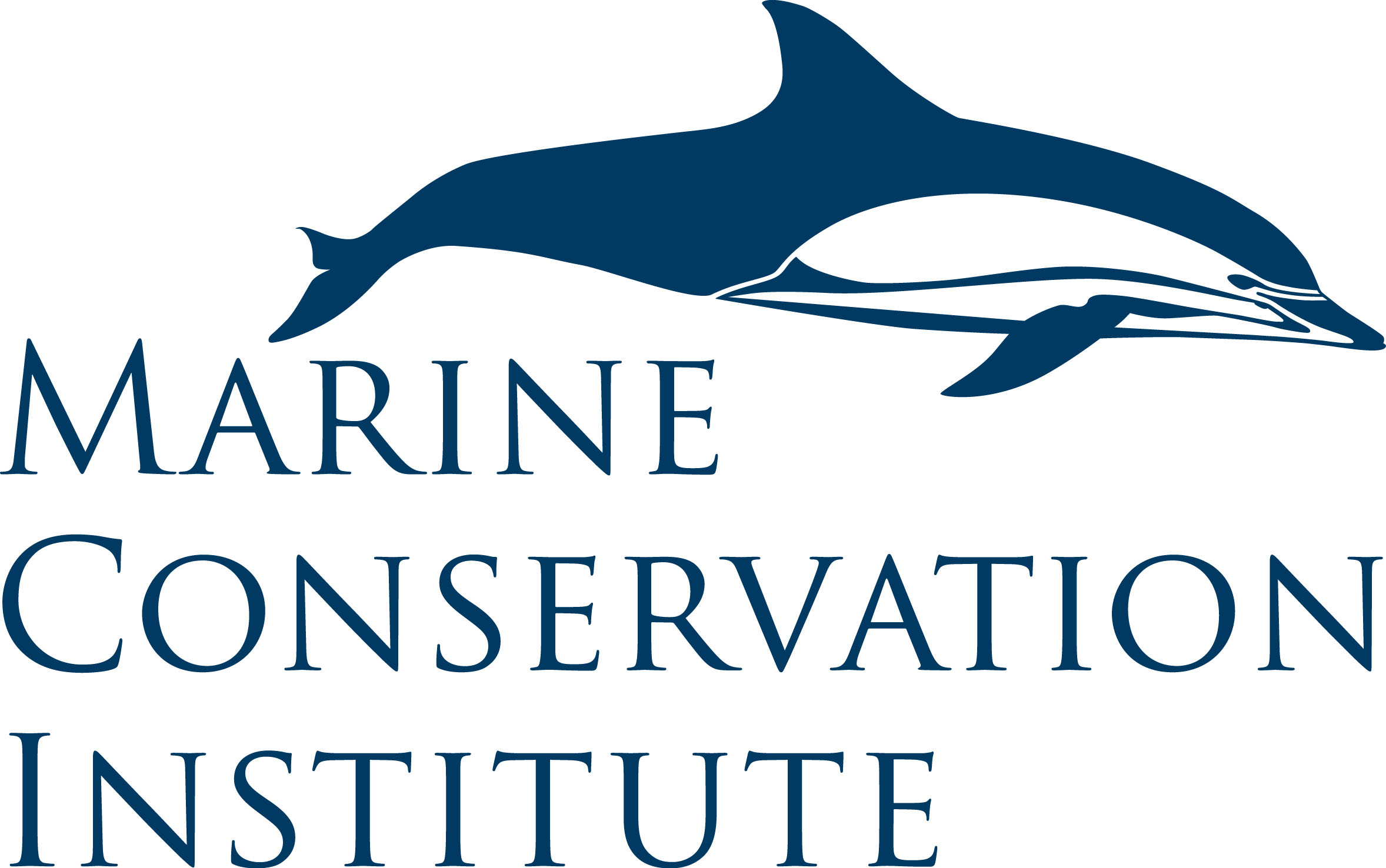




This interactive map is hosted by the team at the Atlas of Marine Protection (mpatlas.org) as a resource for groups or individuals interested in the extent and types of protection in areas beyond national jurisdiction (ABNJ) or the "High Seas." This project began as part of our work with the Deep Sea Conservation Coalition. We evaluated the levels of benthic (seafloor) protections for vulnerable marine ecosystems in the high seas under the various regional fisheries management organizations (RFMOs). You can learn more about the project this is based on, static maps, and the final report at the Marine Conservation Institute website.
Please give the viewer time to load if and try again later or contact us if you have trouble getting the map to load. Any questions or additional data can be sent to beth.pike@marine-conservation.org. Thank you.
For more information about the map and features, please visit the FAQs. Zoom in or out on the map to get layers to become viewable (if you don't see what you are looking for). Area and layer information gets more specific as you zoom in on the areas.
Regional Fishery Management Area (RFMO) Footprints
Regional Fishery Management Area (RFMO) Closures
Regional Fishery Management Area (RFMO) Jurisdictions
Global Predicted Deep Sea Coral Habitat
"Fishable" Seamounts and Depths (varies by RFMO area, see definitions BELOW)
Active Submarine Hydrothermal Vent Fields (InterRidge Vents Database v3.4)
Areas of Particular Environmental Interest (from International Seabed Authority)
Deep Sea Mining Areas (from International Seabed Authority)
Global permissive areas for crust and nodule mining development (Hain et al. 2013)
Ecologically or Biologically Significant Areas (EBSAs) (from Conference of the Parties to the Convention on Biological Diversity)
Extended Continental Shelf Claims (Submissions made to Oceans & Law of the Sea, United Nations)
"Greyed out" layers only appear at certain zooms, so zoom in or out to view.
There are pop-ups for most of the layers that provide further info and links about the data. Please let us know if we can provide more information.
There is a layers button in tool bar that will allow you to click different layers on and off.
The depth at which the ocean floor is deemed able to be fished, or "fishable." This depth is defined differently by each RFMO.
|
RFMO |
Name |
“Fishable” Depth |
|
CCAMLR |
Commission for the Conservation of Antarctic Marine Living Resources |
2200m |
|
GFCM |
General Fisheries Commission for the Mediterranean |
1500m |
|
NAFO |
Northwest Atlantic Fisheries Organization |
2000m |
|
NEAFC |
North-East Atlantic Fisheries Commission |
1500m |
|
NPFC |
North Pacific Fisheries Commission |
1500m |
|
SEAFO |
South-East Atlantic Fisheries Organization |
2000m |
|
SIOFA |
South Indian Ocean Fisheries Agreement |
1500m |
|
SPRFMO |
South Pacific Regional Fisheries Management Organization |
1500m |
We are open to adding any additional layers that users would find useful.